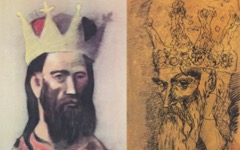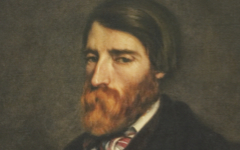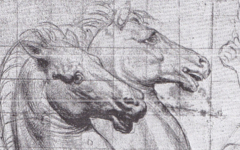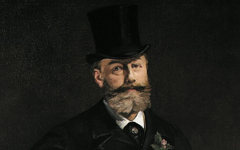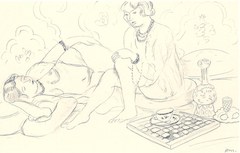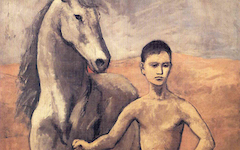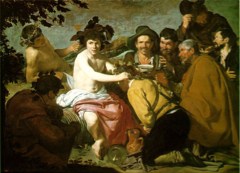State Honors
One common feature of poetic art that has remained almost totally unknown is the symbol of state honor. Though not as widely used among artists as some of the other themes on this site, it was still commonly used by the best of the best. Artists like Titian, Rubens and Van Dyck received gold chains from powerful rulers in recognition of their favor. The artists then proudly displayed these heavy chains in their self-portraits as well as in portraits of other figures. The chains on the latter now help identify these figures as an alter ego of the artist while also conveying the artist’s primacy over contemporary painters.
Most Recent Articles
All Articles (Alphabetical by Artist, then Title)
Learn how additions to a painting's narrative often provide access to the composition's underlying meaning
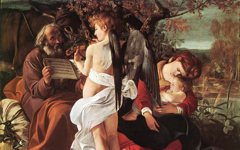
Caravaggio’s Rest on the Flight into Egypt (c.1597)
With Mercury outfitted as a painter, the viewer can interpret this image confident that the subject is art
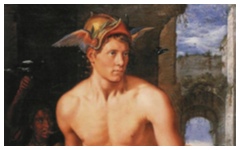
Goltzius’ Mercury (1611-13)
Sent on a mission to paint a potential queen for the blood-thirsty and dangerous Henry VIII, how did Holbein "paint" himself in painting the future Queen?
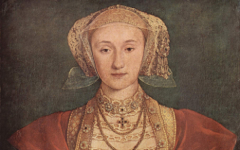
Holbein’s Anne of Cleves (c.1539)
If this were an illustration of the American Civil War as many believe, it would not be by Winslow Homer. It would be by a mere painter, not an artist.
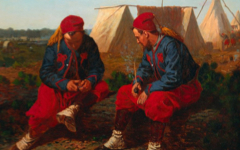
Homer’s Briarwood Pipe (1864)
How Ingres became Napoleon and the Emperor became an artist

Ingres’ Napoleon I on His Imperial Throne (1806)
Find out how every painter paints herself as well

Labille-Guiard’s Portrait of Madame Adélaïde (1787)
Everyone knows that Boating is a masterpiece. Why is it so difficult to explain?

Manet’s Boating (1874)
This curious painting by Manet makes little sense until the viewer uses the idea that every painter paints himself

Manet’s Boy with a Sword (1861)
Familiarize yourself with an artist's early copies after other masters. They will be a key to later work.

Manet’s Croquet at Boulogne (1871)
Find out how the viewer in this garden scene is really inside Manet's mind
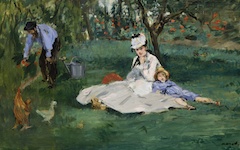
Manet’s Monet Family in the Garden (1874)
Keep an eye out for smoke. It's a common symbol for the imagination and the creation of art.
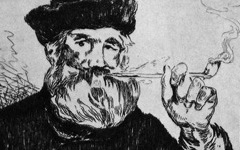
Manet’s Smokers
A good example of how the "errors" in a painting are really the key to its meaning
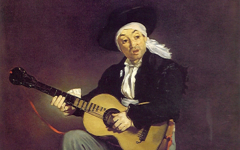
Manet’s The Spanish Singer (1860)
Why did Picasso choose this painting for himself? What did he see in it?
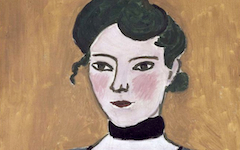
Matisse’s Marguerite (1906-7)
See how Matisse's identification with an earlier artist is conveyed in a businessman's portrait

Matisse’s Portrait of Auguste Pellerin II (1917)
How even the young Raphael depicted the divinity of the artist's mind
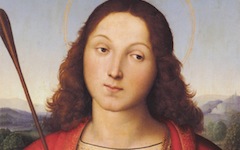
Raphael’s Saint Sebastian (c.1502-3)
How Rembrandt used gold chains as a symbol of the high honor due to him as a great master
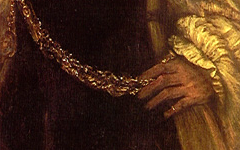
Rembrandt and the Artist’s Gold Chain
How the setting is so rarely what you think....you must think differently
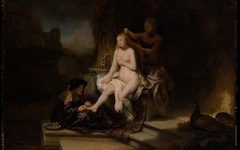
Rembrandt’s Bathsheba at Her Bath (1643)
See how Rembrandt concisely expresses the underlying idea of art in a Roman myth

Rembrandt’s Lucretia (1666)
How a Renaissance artist used an optical illusion to convey meaning

Remenschneider’s Three Helper Saints (c.1500-05)
A Van Dyck portrait at the Frick reveals some of its secrets easily

Van Dyck’s Marchesa Cattaneo (c.1622-7) at The Frick
Landscapes, if art, are never just landscapes. Are they even landscapes? The Chinese call them "Mindscapes"
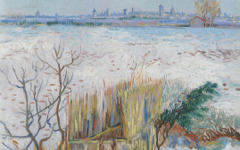
Van Gogh’s Snowy Landscape with Arles in the Background (1888)
The Velazquez that the Louvre doesn't show anymore is not what curators think. Ask Millet, Manet, Degas, Matisse or Picasso....
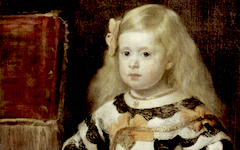
Velazquez’s Infanta Margarita (1653)
© Simon Abrahams. Articles on this site are the copyright of Simon Abrahams. To use copyrighted material in print or other media for purposes beyond 'fair use', you must obtain permission from the copyright owner. Websites may link to this page without permission (please do) but may not reproduce the material on their own site without crediting Simon Abrahams and EPPH.
